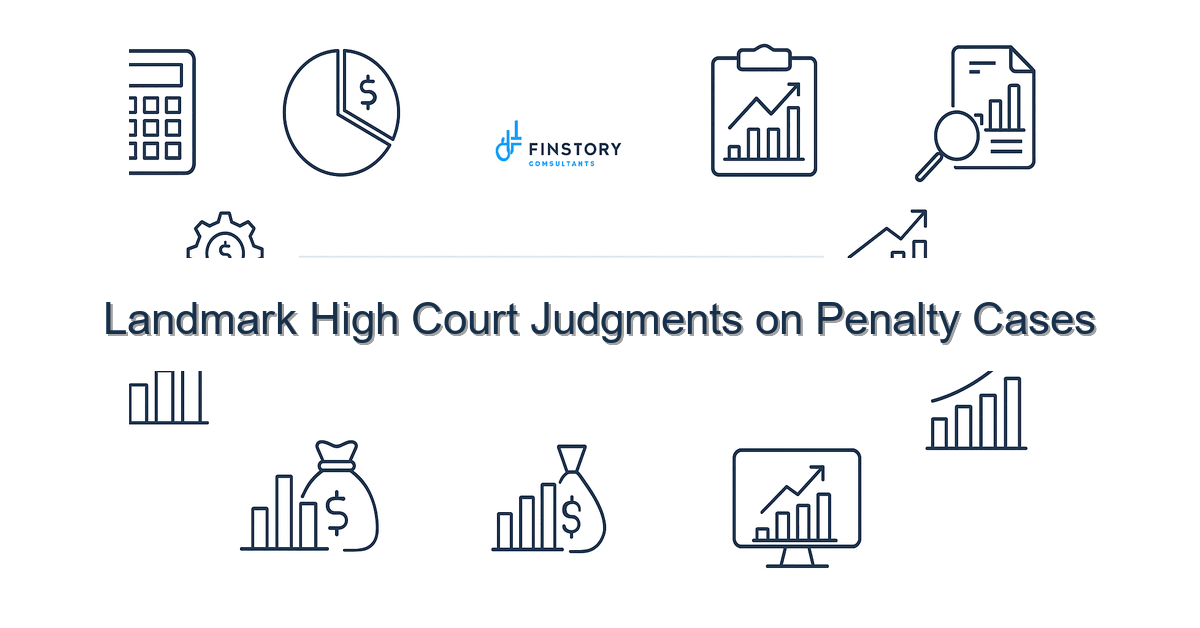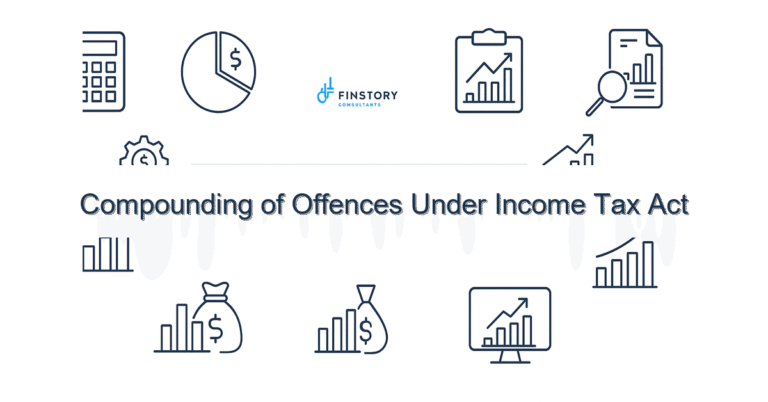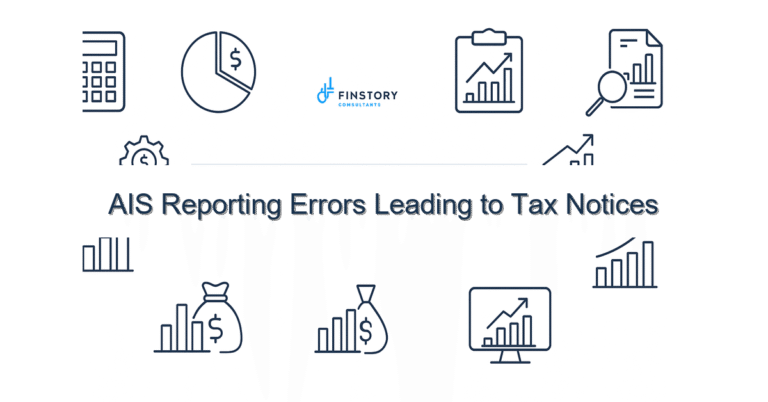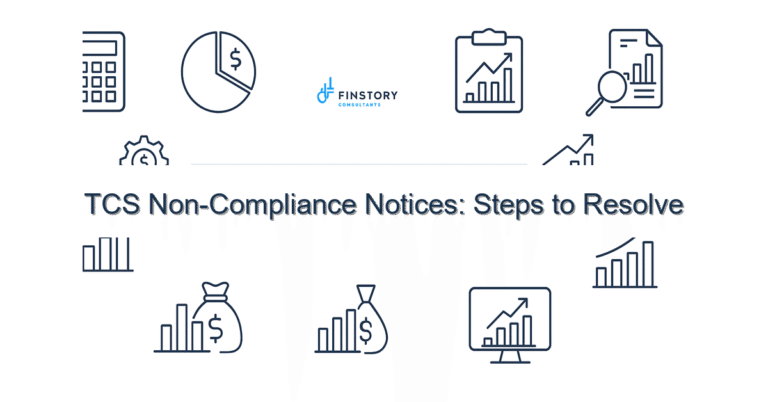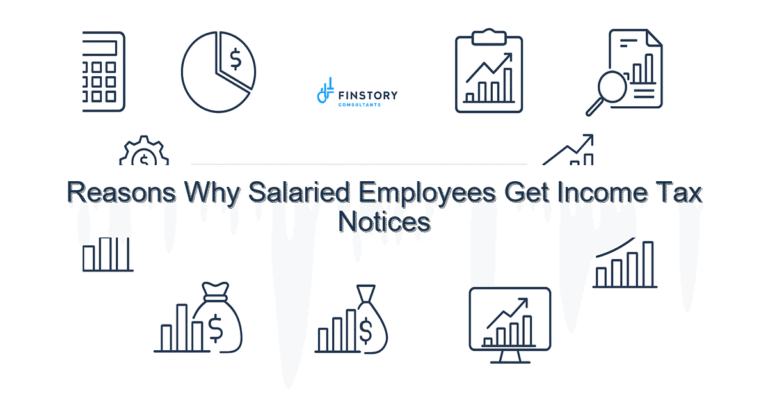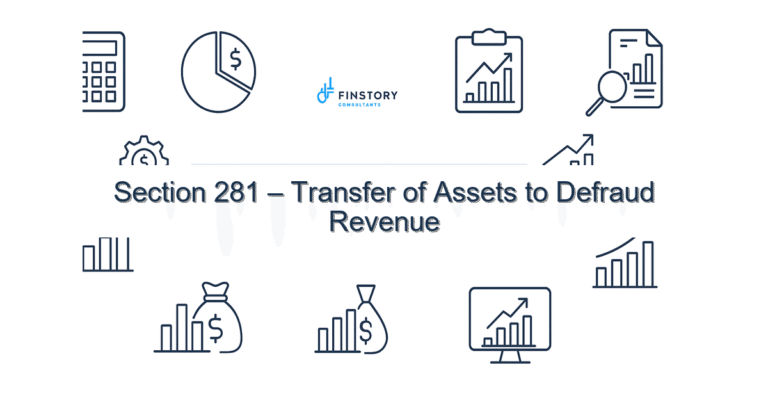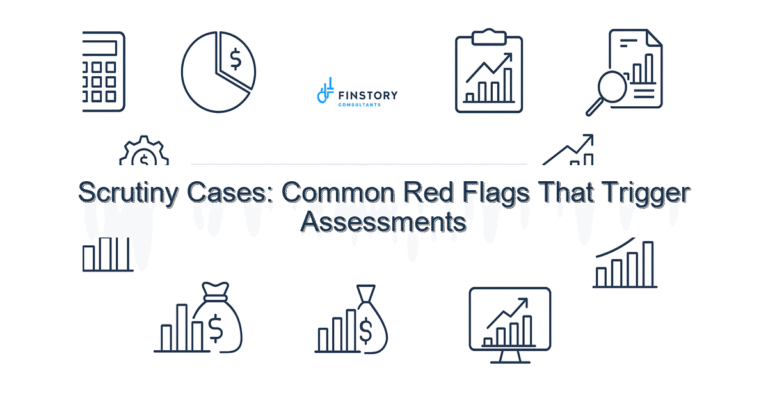Landmark High Court Judgments on Penalty Cases
Getting a tax notice or penalty can feel personal and stressful — whether you’re a salaried employee, a professional, or an MSME founder. You’re not alone: many taxpayers in India face confusion over notices, assessments and penalties every year.
Summary: Landmark High Court judgments have clarified when penalties under the Income Tax Act are justified, emphasised proportionality and fairness, and given taxpayers practical defenses. Knowing these rulings helps you contest unfair penalties, reduce exposure to demands, and improve compliance.
What’s the real problem in India?
Many taxpayers misunderstand how penalties are applied under Indian tax law. Terms like AY/PY, CBDT timelines, penalty sections (e.g., Section 271(1)(c)), and procedural forms can be confusing. Add automated TDS/TCS mismatches, delays in AIS/26AS updates, and the pressure of ITR filing last date — and it’s easy to make mistakes or miss deadlines.
- Symptom: Unexpected penalty notices for alleged concealment or mistakes.
- Symptom: Notices based on TDS/TCS mismatches on AIS/26AS or Form 26AS.
- Symptom: Penalties disproportionate to the tax shortfall, especially for first-time or small-amount cases.
- Symptom: Confusion between procedural penalties and substantive tax demands.
What people get wrong
Common pitfalls include assuming all penalties are automatic and unchallengeable, reacting late to notices, or failing to gather simple evidence like bank statements or employer certificates. Many taxpayers also overlook precedents from High Courts that limit the scope of penalties, especially where there was no mala fide intent.
- Thinking a penalty equals fraud — courts often distinguish bona fide errors from willful concealment.
- Ignoring proportionality: penalties should match the degree of wrongdoing; several High Court rulings support this.
- Not using AIS/26AS to reconcile TDS/TCS and income before responding to notices.
- Missing the opportunity to use precedents about reasonable cause and bona fide belief.
A better approach
Adopt a pragmatic three- to five-step framework to deal with penalties, guided by the lessons from High Court judgments:
- Stop and assess: Immediately check AIS/26AS, bank records and employer/forming parties (TDS/TCS certificates) to understand the factual basis.
- Match law to facts: Identify which penalty section is invoked (e.g., concealment, failure to file, late filing) and check relevant High Court rulings that limit or interpret that section.
- Prepare a response: Draft a factual, evidence-backed reply showing reasonable cause or absence of intent, referencing relevant judgments where applicable.
- Negotiate or appeal: Where penalties are disproportional, request reconsideration or file appeal citing precedent; in many cases courts reduce or quash penalties.
- Fix systems: Update processes — reconcile TDS/TCS monthly, note ITR filing last date, and monitor limits like Section 80C limit when claiming deductions to avoid future notices.
Real-world story: A Bengaluru software engineer received a penalty notice for alleged undisclosed income shown in Form 16A mismatch. After reconciling AIS/26AS and employer records and citing a High Court judgment on proportionality and bona fide error, the penalty was reduced by 90% and interest was recalculated — saving over Rs. 1.2 lakh in immediate cash outflow.
Quick implementation checklist
- Immediately download your AIS/26AS and Form 26AS and reconcile TDS/TCS entries.
- Compare income figures against payslips, bank interest certificates, Form 16/16A, and capital gains statements (note capital gains indexation if applicable).
- Check the notice: note the specific section and timeline to respond (don’t miss ITR filing last date for pending years).
- Gather documentary proof (bank statements, invoices, employer letters) showing genuine cause or omission.
- Search for relevant High Court judgments that interpret the penalty section cited in your notice — many rulings help on proportionality and absence of intent.
- Draft a clear reply: factual, polite, and supported by documents; propose an alternate resolution if possible.
- If applicable, correct ITR or file a revised return before interacting further (check new vs old regime slabs and deduction claims like Section 80C limit).
- Consider professional help if the penalty is >10% of claimed tax or involves alleged concealment; specialist firms improve outcomes.
- Track correspondence and keep copies of all submissions; use e-filing portal acknowledgements.
- Set up quarterly reviews to avoid repeat mismatches from TDS/TCS or overlooked income sources.
What success looks like
- Reduced penalties: often courts order substantial reductions or quashments (refund % varies by case).
- Lowered interest and faster resolution — fewer follow-up notices.
- Fewer future notices due to reconciled AIS/26AS and regular TDS/TCS tracking.
- Improved cash flow — avoided immediate large lump-sum payments.
- Better compliance posture for banks, employers and vendors that reduces errors on Form 26AS.
- Clearer documentation for claims like capital gains indexation and deductions claimed under Section 80C limit.
Risks & how to manage them
Risks include missing appeal windows, accepting unfair demands, or inadequate evidence. Manage these by keeping strict timelines, using professional help early, and relying on precedents from High Courts that often protect bona fide taxpayers. When in doubt, don’t ignore notices — a timely response can prevent escalation.
Tools & data
Use official and widely accepted tools to build your defense:
- AIS/26AS and Form 26AS — reconcile TDS/TCS recorded by deductors.
- Income Tax e-filing portal — respond to notices, file appeals or revised returns.
- TDS/TCS tracking tools and bookkeeping software for monthly reconciliation (helps before the ITR filing last date).
- Bank statements, digital invoices, and employer certificates — preserve as exhibits.
- Case law search tools to find High Court judgments relevant to penalty sections.
FAQs
Q: Can a High Court judgment help me avoid a penalty?
A: Yes. Several High Court rulings have held that penalties shouldn’t be automatic where there was reasonable cause, bona fide belief, or small/technical errors. Cite the judgment and facts closely match your case.
Q: I found TDS missing in AIS/26AS — will I be penalised?
A: First reconcile with the deductor. Many notices arise from timing or reporting mismatches. If it’s an employer/deductor error, get a corrected TDS certificate and update Form 26AS; this often avoids penalties.
Q: How soon should I respond to a penalty notice?
A: Respond within the notice timeline. If you need more time to collate documents, request it formally. Missing deadlines can lead to default orders.
Q: Should I pay the penalty and then appeal?
A: Sometimes payments are required to file certain remedies; however, many taxpayers prefer to contest before paying. Get advice based on the section invoked and the facts.
Next steps
If you’ve received a penalty notice or want to proactively review your tax position, it’s worth a quick professional review — especially when High Court precedents can materially change outcomes. We help with notice responses, reconciliations (AIS/26AS), and appeals.
Work with Finstory. Speak with an Expert for a personalised plan to reduce your tax outgo and stay compliant. Book a free 20-min consultation.
📞 Need help with Income Tax in India?
Book a 20-min consultation with our tax team. Individuals, founders & MSMEs welcome.
Prefer email or phone? Write to info@finstory.net
or call +91 44-45811170.
